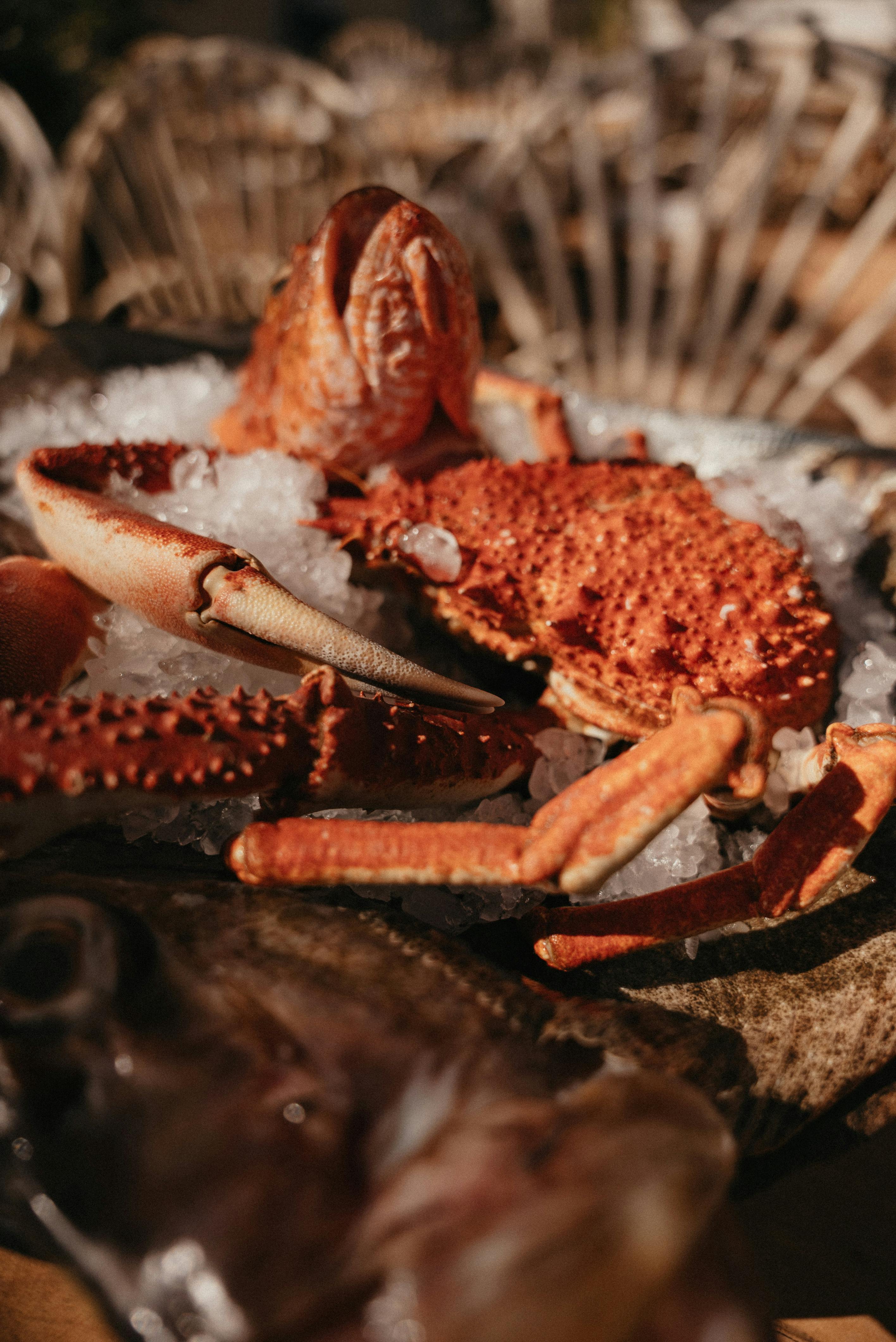
Apply Now


How to Properly Boil Artichokes for Perfect Flavor in 2025
Understanding the Importance of Boiling Artichokes
Boiling artichokes might seem like a simple culinary task, but it's crucial for unlocking the tender, delicious flavor these unique vegetables offer. Proper boiling techniques enhance the artichoke's natural qualities, providing a perfect texture and taste that can elevate various dishes. From salads to appetizers, properly boiled artichokes can serve multiple roles in a meal, making them an essential ingredient in any kitchen. The process of boiling artichokes also ensures that they retain their nutritional benefits. Artichokes are packed with antioxidants, vitamins, and fiber, contributing to a healthy diet. Understanding how to prepare artichokes properly not only maximizes their flavor but also enhances their health advantages. This article will guide you through the steps of boiling artichokes effectively, share some cooking tips, and provide guidance on how to serve and enjoy them. You'll learn how to choose the freshest artichokes, the best boiling techniques, and exciting ways to incorporate them into your meals.Selecting Fresh Artichokes for Cooking
Choosing the right artichokes sets the stage for a flavorful dish. Look for artichokes that are firm to the touch, with tightly packed leaves and a vibrant green color. Fresh artichokes should have a pleasant, earthy aroma and feel heavy for their size. It's essential to consider the season when purchasing artichokes as these tend to be more delicate and flavorful during their peak season, which generally runs from March to May. For the best quality, source your artichokes from local farms or farmers' markets. When preparing to boil artichokes, be aware of different varieties available. The globe artichoke is most common, while others like the baby artichoke or purple artichokes may offer different culinary experiences.Essential Tools for Boiling Artichokes
Before boiling artichokes, gather your supplies. You will need a large pot filled with water, a steamer basket or insert, a pair of tongs, and a paring knife. Having these tools on hand will streamline the cooking process and allow you to achieve the best results. To enhance the flavor during boiling, consider adding lemon juice, garlic, and herbs like thyme or bay leaves to the water. This infuses the artichokes with aromatic qualities that complement their natural taste. Be sure to have a timer handy for keeping track of the artichoke cooking time. Proper timing is essential in ensuring that your artichokes become tender without overcooking, which can lead to a mushy texture.Prepping Artichokes for Boiling
Before boiling, it’s essential to prep the artichokes properly. Start by rinsing them under cold water to remove any dirt or grit. Next, use a sharp knife to trim the stems and cut about an inch off the top of the artichoke to remove the thorny tips. Removing small, loose leaves at the base can also help the artichokes cook evenly. To prevent browning, you may apply a bit of lemon juice on the cut edges as you work. This simple step enhances both aesthetics and flavor, ensuring your artichokes remain vibrant when cooked. Don't forget to make the artichoke cooking time adjustable according to the size of the vegetable. Larger artichokes may require more time, while smaller ones will cook faster. By making these preparations, you'll ensure that your boiling technique yields delicious, tender artichokes.The Boiling Technique: Step-by-Step
Now that your artichokes are prepped and you have your tools ready, it’s time to boil. Start by bringing a large pot of water to a boil—enough to submerge the artichokes completely. Once boiling, add salt and any additional flavoring ingredients you selected. Carefully lower the artichokes into the boiling water using tongs, ensuring they are fully immersed. Cover the pot and reduce the heat to maintain a steady boil. The general artichoke boil time is about 20 to 40 minutes, depending on the size of the artichokes. To check for doneness, pull a leaf from the base. If it comes off easily, the artichoke is ready. If you’re unsure, using a fork to pierce the heart can also help indicate tenderness. After they are fully cooked, remove the artichokes from the water and let them drain upside down in a colander for several minutes.Enhancing Flavor with Seasoning and Serving Suggestions
Once you've boiled your artichokes, there's a world of flavor enhancement at your disposal. Seasoned artichokes can be served with a variety of dips and sauces, such as a simple mix of melted butter and garlic or vibrant vinaigrette. Other popular options include lemon-infused sauces and spicy aioli. For serving, present the artichokes whole on a beautiful dish, with dipping sauces on the side. Additionally, you can serve them in salads or as a side dish to complement main courses. Consider pairing your artichokes with complementary flavors like lemon, garlic, or even various cheeses to boost the overall dish. Balancing the artichoke's earthy taste with these accompaniments can create a gourmet experience on any table.Common Mistakes to Avoid When Boiling Artichokes
Overcooking Artichokes
One of the most common mistakes when boiling artichokes is overcooking them. When the tender leaves become mushy, they lose their appealing texture and flavor. Regularly check the cooking time, especially for larger artichokes, to ensure they reach perfect tenderness without falling apart.Neglecting to Season the Water
Another mistake is boiling artichokes in plain water without adding any flavoring agents. Salt, lemon, garlic, or herbs can significantly enhance the flavor of the artichokes. Incorporating these extra elements will make your dish stand out and please any palate.Not Storing Leftover Artichokes Properly
Proper storage after cooking is critical to maintaining flavor and freshness. Store any leftover artichokes in an airtight container in the refrigerator for up to three days. Dip them in a bit of olive oil or lemon juice to keep them tasty and vibrant.
Ideas for Using Leftover Artichokes
Got leftover artichokes? They can be delicious in various recipes. Consider incorporating them into a fresh artichoke salad with mixed greens, vinaigrette, and nuts. Alternatively, chop them up to add to pasta dishes or use them in an artichoke dip. Their versatility makes them a great option for repurposing leftovers; beyond just salads, adding them to pizza or grain bowls can offer a healthy, nutritious option.Delicious Artichoke Recipe Ideas
Hearty Artichoke and Spinach Dip
Combine boiled artichokes with sautéed spinach, cream cheese, and Parmesan cheese for a comforting artichoke dish. This creamy dip pairs beautifully with crackers and bread, making it a hit at gatherings.Artichoke Hearts with Lemon and Garlic
A simple yet elegant dish involves sautéing boiled artichokes with olive oil, garlic, and lemon. This preparation can highlight their natural flavors and is ideal as a side dish or appetizer.Artichoke Pasta with Fresh Herbs
For a charming main course, toss cooked artichokes with pasta, garlic, and a medley of fresh herbs such as basil and parsley. This medley creates a light yet satisfying dish that can easily become a family favorite.